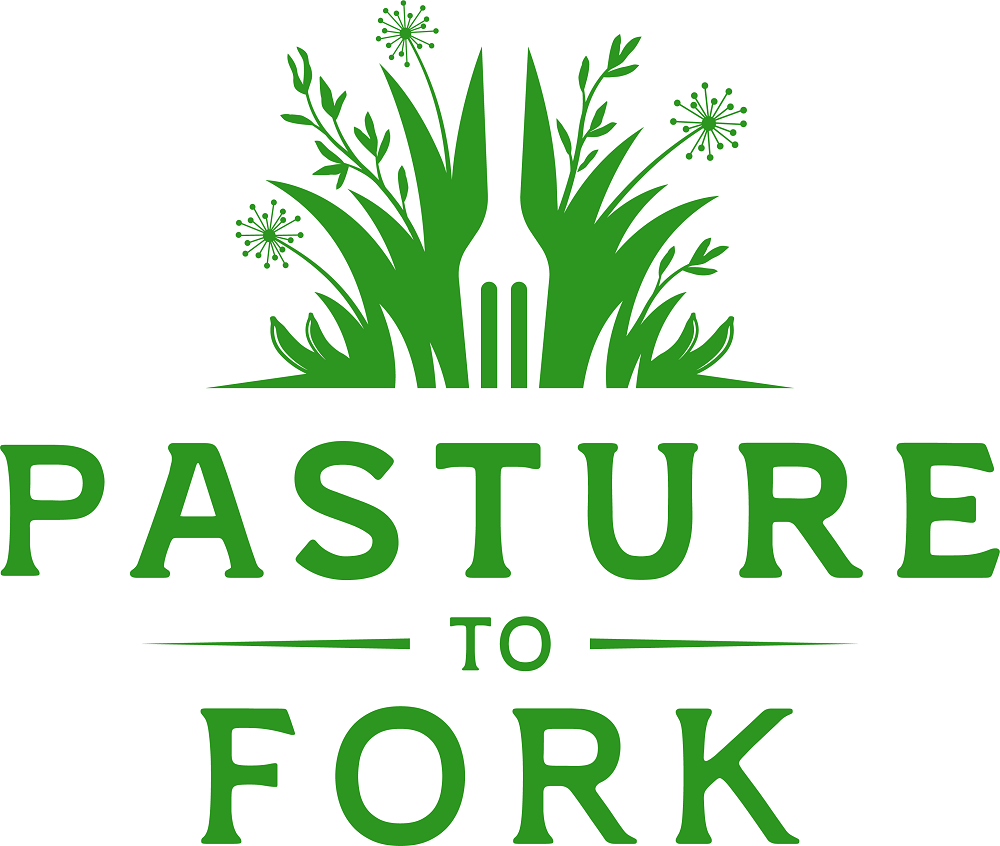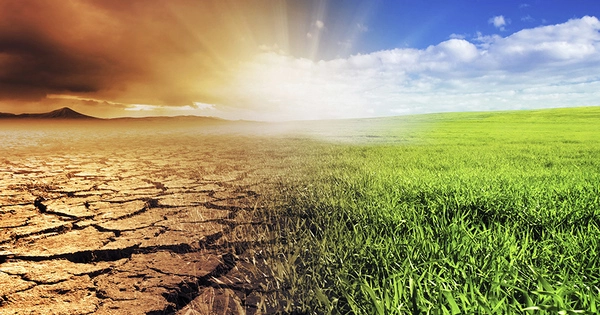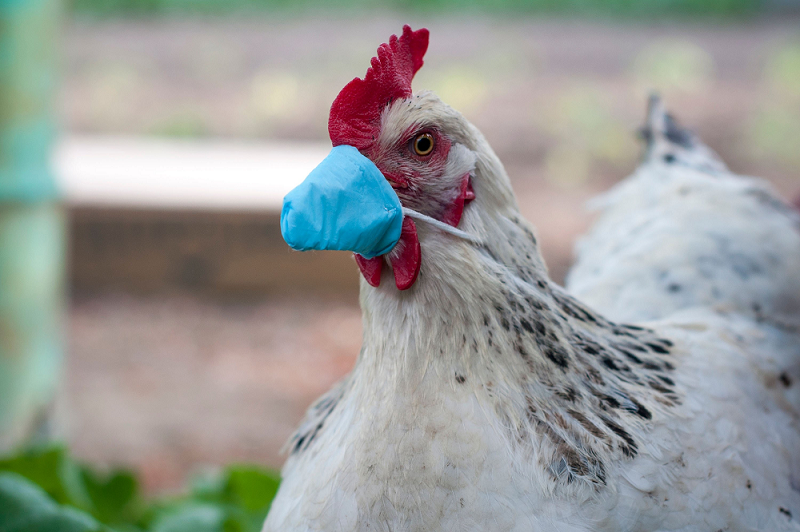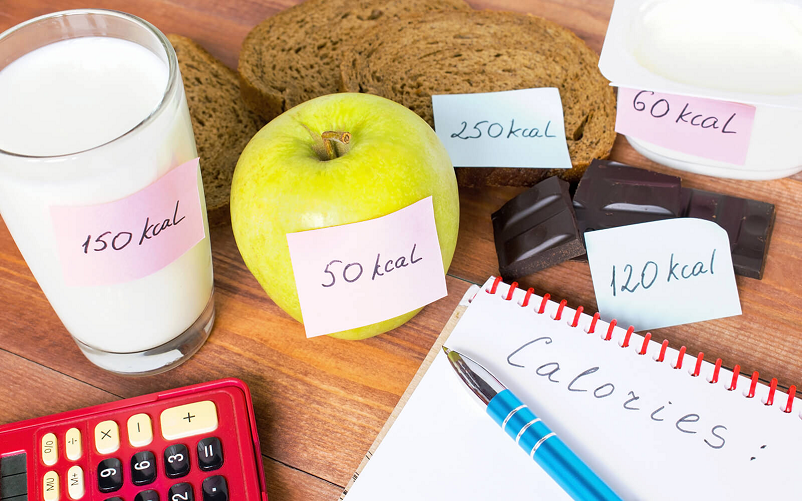Today I will address Avian Flu. I’ve been following the saga for a while but was hesitant to write on the subject because of the vast array of talking points, narratives, and propaganda surrounding it. The waters around this subject are so muddied it’s really difficult to discern what is true and what isn’t, but I’ll present my views for what they’re worth and am willing to stand corrected if someone can show where I’m wrong.
Join me in visiting some of the official talking points and I’ll address where I see holes in the narrative. Again, this is my opinion presented as factually as I know how, but some of it is theory and cannot be taken as hard fact. That’s the very problem with subjects of this caliber. They become so highly controversial because of the lack of actual fact, which opens it up to so much nonsensical gibberish and fearmongering that’s it becomes difficult to discuss it with a clear and open mind.
The Wild Bird Origin Narrative –
The official storyline surrounding avian flu—both the low pathogen strain first circulated 20-25 years ago, and the high-path strain circulating now is that it originates in wild waterfowl (ducks, geese, etc.). To me that sounds highly unlikely. Whenever the narrative places blame on wildlife or nature, I become skeptical, especially coming from conventional confinement agricultural circles, which is the antithesis to nature. My question is, where are the media images and records of dead wild birds. If wild birds are carriers bringing the virus to confinement poultry farms, it’s only reasonable that a considerable percentage of wild birds are dying as well.
Interestingly, blaming wild birds fits well with the long-standing concern of biosecurity in confinement poultry production. Biosecurity is a real threat to large-scale confinement chicken facilities, due to the immune suppressing nature of raising so many birds in confinement—not to mention antibiotics and growth hormones, which flies in the face of all things natural and healthy.
Suffice it to say that we raise thousands of chickens on our farm pastures, and we spend no brain energy thinking about biosecurity or worrying about wild birds potentially having access to our poultry.
The Natural Virus Narrative–
This one is highly controversial, but I’ll address it anyway. Avian Influenza—even high-path avian flu—is claimed to be a natural virus that is both highly infectious and highly transmissible. To my knowledge, that would be an anomaly. In nature, viruses are either one or the other. They either wreak havoc to whomever or whatever contracts it, and are not very contagious, or they are highly contagious but not lethal.
I won’t theorize too much about this, but it’s known that avian flu viruses have been subject to gain-of-function research for at least a decade, both in the US and abroad. Let me be clear, I’m not saying this is a gain-of-function virus, because I don’t know that to be true. In my mind, though, it’s highly probable.
The Cross Speciation Narrative –
This is closely related to the previous paragraph but warrants attention of its own. This high-path avian flu is said to have the ability to jump from chickens to cats to cows to humans. As strange as that may sound, I didn’t make it up.
Quite frankly, I don’t believe natural pathogens have the ability to cross speciate. It’s one of the checks and balances of nature where pathogens and parasites are specific to one type of host and do not thrive in a different host.
Yes, there’s the storyline from the early 20th
century of brucellosis (also known as undulant fever) jumping species from cows to humans via raw milk, but that story too, has its highly questionable characteristics. I don’t know enough about it to get into it, but believe it was used as a lever used to push mandatory pasteurization.
I’m not saying the high-path H1N1 avian flu is not actually jumping species. I only know that it’s the official narrative and find it highly unlikely that it’s a natural pathogen and has the ability to cross speciate. To me, it’s either not a natural virus or does not jump species. I believe it must be either/or.
The PCR Test Protocol –
Yes, the infamous PCR test is being used to diagnose avian flu. This test is the primary tool used to discover bird flu in milk tanks, dairy herds, live chickens, dead chickens, farm cats, and humans.
Even the founder of the PCR test, the late Dr. Kary Mullis, was clear that it’s not designed to be used as a diagnostics tool. It was developed for genetic discoveries and research, not for finding disease DNA. I’m sure people smarter than I can tease out these differences but suffice it to say it's the wrong tool.
Even if it were the right tool, it's being applied incorrectly. Each cycle is like a microscope amplification. Remember turning microscope lenses from 35X to 100X? Each cycle of a PCR test amplifies magnification to find additional material floating in the sample. The Massachusetts Department of Agriculture discounts any test at more than 30 cycles. To me, this is wise and implies recognition of the distinctions of this particular test.
Meanwhile, the official USDA and FDA number of cycles is 45. The PCR test at 45 cycles is labeled fraudulent by a healthy contingent of scientists. At that magnification, you can find bird flu almost anywhere.
The nuance to this is, the greater the amplification, the more minute the particles detected. Any reasonable person knows our biological spaces are literally filled with floating molecular material. Pieces of cells, pieces of DNA, you name it, float in the air around us, in our bodies, in our nasal passages—accumulated from everything, everyone, and everywhere.
To me, the fact that the infamous PCR test is being used for diagnosis of this flu supersedes every other angle of the discussion. I’m not doubting that the virus exists, or even that it affects poultry in the ways it is said to. But I am questioning whether we should be using this test at varying cycles to determine where it exists.
The Extermination Protocol -
Now we get into response when the virus is found, which as of now is still complete extermination of the flock in which one positive test is found. Yes, in a 50,000-bird factory chicken barn, one positive test is enough to warrant destroying the whole flock. Healthy birds, sick birds, no difference. All are exterminated.
This flies in the face of everything we have ever known about natural immunity and genetic selection. In any given disease outbreak, there will always be individuals who gain natural immunity early. During Covid, there were people who were directly exposed to infected patients who never showed signs of illness (the notorious symptomatic vs. asymptomatic debate). The same applies in a flock of chickens or a herd of cows.
Sound genetic selection always suggests that those not affected by a disease or ailment should be kept for breeding in order to build a resilient herd or flock. This is such a basic animal genetic principle it's not even debatable. And yet USDA scientific protocol is "kill the healthy ones." Wouldn't you want to save them to build a resilient flock?
Even with these aggressive extermination efforts, the virus keeps spreading, which in my opinion calls for different measures. When something is obviously not working sane people reconsider. Especially if it involves taxpayer funded mass destruction of a resource, which chicken extermination certainly is.
The 10-Mile Radius Protocol -
Speaking of spreading, the oft-repeated narrative of “the virus is everywhere and spreads on the wind” is ongoing.
I don’t know if it does or not, but if there’s one thing that sticks in my craw, it’s the 10-mile radius protocol. When a positive test is found in any given area, the official USDA or state department of agriculture protocol is to alert every known chicken farmer—regardless of the size of the operation—of it and recommend weekly testing. If the farmer or contract company complies, USDA technicians conduct weekly testing. In many cases where the farmer is merely providing housing and labor for a larger grower under contract, he does not have the wherewithal to refuse testing.
Call me cynical of the government, but to me this is asking for trouble. I know farmers who strongly suggest that the virus was seeded by USDA employees, either unintentionally from their boots, clothing, or equipment, or intentionally. But you know, it spreads on the wind.
Remember, these are usually special USDA veterinarians brought to the area as part of an avian flu task force. I try to err on the side of trusting people’s good intentions, but you can’t help but recognize that in some instances there are certain vested interests.
Quite frankly, at Pasture to Fork we refuse testing, and plan to continue doing so even up to demanding search warrants if we’re pressured. This may sound completely off-the-rails rebellious and uncompliant to some, but our birds are healthy, they are outdoors, and I do not trust the USDA or PDA avian flu task force.
The Official USDA Position –
In the past week, the USDA addressed the bird flu and subsequent egg shortage in ways suggesting they are still on the same trajectory they’ve been on for decades, which is to say their first line of defense—aside from bio-security—is always vaccines. Or imports.
For the record, vaccinating chickens is very different from vaccinating cows--giving millions of chickens a shot would be a logistical nightmare. As a result, the academic experts are hoping for a drinkable vaccine, which is merely in the discussion stage as of now. Who knows how far away that may be?
Aside from the logistical challenges of vaccinating chicken, why does the agricultural community always turn to vaccines as a potential answer to these types of disease outbreaks?
I believe it’s a worldview that develops from being in that system, where—because the production models tilt toward it—one begins to expect disease and pestilence to be a problem. Likewise, solutions are expected to come in a bottle or syringe. There’s very little thought going into how to cause the animals or plants to be healthier in order to resist whatever disease and pestilence comes along.
Mischief, Conspiracies, or just things gone awry? …
I could go on, but those talking points, protocols, and agency positions are what cause me to look at the current avian flu scenario with raised eyebrows. Like I mentioned at the outset, these subjects are so convoluted you can’t follow one thread without getting tangled in the jumble. With the USDA, state agencies, “experts”, conspiracy theorists, and pundits all weighing in, these issues quickly take on an aura of skullduggery and potential mischief.
I want to believe everyone involved only wants what is best for the overall scenario from their unique worldview, which may differ from mine. But that becomes difficult to believe when counter-productive and anti-common-sense measures are resorted to. That said, I do not claim to know whether actual conspiracies exist here or not, and perhaps it’s not important to theorize to that end. At the end of the day, you and I have so little influence over large-scale agricultural policy and confinement factory farms that it barely merits further discussion.
Are Truly Pasture Raised Flock at Risk?
Research from alternative sources suggests that chickens living outdoors on grass are not affected by avian flu. I must say, this makes a lot of sense to me. I believe animals living in a natural production model who are not too crowded or stressed will have far more functional immune systems than their factory counterparts.
Whenever a disease risk occurs, the first consideration should be whether anything can be done to mitigate the risk of infection naturally. And although we firmly believe in truly pasture raised poultry production, we have taken a comprehensive look at our systems in the past year. And I must say, we do not worry about the possibility of our flocks contracting avian flu. Sans the virus being introduced (which is why we avoid USDA testing), we’re not concerned about losing our flocks to this bird flu—or nervous that we indirectly infect cows, cats, or humans.
I have always said the primary difference in our chicken (both egg layers and meat birds) is not merely the fact that they are outdoors. Rather, it hinges on five factors. They are fresh air, sunshine, exercise, fresh greens daily (moving to new grass), and low stress (flocks numbering 300 or less). May I point out, these five are the antithesis to the environment in confinement poultry housing.
True, the entrenched chicken industry would pooh-pooh this, saying it’s not possible, practical, or efficient. Which behooves the question; is it practical, efficient, or humane to exterminate millions of chickens because of a broken production system that fosters illness? Or vaccinating millions of chickens? Or importing eggs?
The Last Word –
To wrap it up, I don’t pretend to know where this is going. In a sense it may be the market correcting itself—nature batting last for the abuse it has suffered. Eggs are one of the last remaining farm products that are unregulated, and smaller pasture raised producers are seeing a vast demand for eggs like we haven’t seen before. We—along with many other farms—had to limit eggs to x amount per customer this winter.
If this is allowed to continue as a free market, I think this shortage will correct itself. Smaller farms will ramp up production, as we are. Many more homeowners will get backyard flocks or kitchen chickens, which I applaud. If we’re looking for healthy chickens to supply us with eggs and meat, smaller flocks managed in more of a chicken friendly manner is where we must look, and this is not likely to happen in the greater poultry industry.
Thus, we must look to smaller farms and backyard flocks, and not imports, vaccines, or taxpayer funded extermination of survivors. And that’s
the View from the Country.









